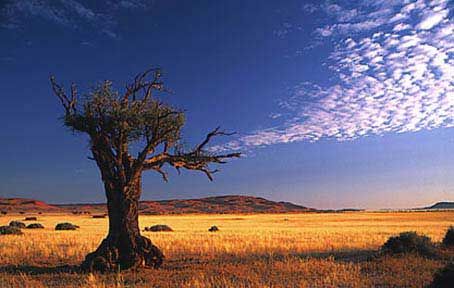From historical destinations to landmark sites and down to communities, there are places whose names and stories evoke a sense of wonder. It's almost difficult to imagine as there are a number of such places discovered by accident and named after the scary experience of its first navigator. Others are subtle expressions of nature, safe for touring and human activities of various kinds.
So if you are an adventurous individual who likes to be in unusual places, this piece would point you in the direction of some of the strange places on African soil you most likely want to see and experience. Come along.
The Giant Blue Eye of Africa (Mauritania)
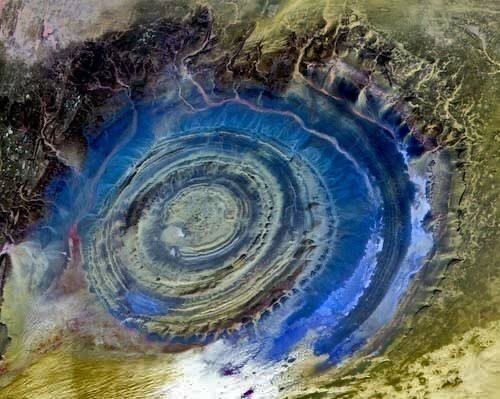
One of the strange wonders of Africa is the Giant Blue Eye of Africa found in the Western Sahara Desert in Mauritania. The spectacular structure is a blue circle – like the eye – in the sands of Mauritania and is believed to be around 100 million years old. This bull’s eye in the Sahara has sparked several scientific inquiries and none has been able to unravel the mystery surrounding this spot.
Some people describe it as a hole that was formed when God flooded the earth with water in the days of Noah, as recorded in the Holy Bible. While its origin may never be known despite the deluge of scientific inquiries, images of this strange feature, as taken from space by astronauts, continue to intrigue and inspire the world.
Snake Islands (Lagos, Nigeria)

At first mention, most people would be scared to step their feet on this old island because of the possible presence of serpents. But that is far from the reason why the island is so named. This ancient island, which continues to retain its rustic awe in spite of Lagos’ rapid urbanization, derived its name from the windy, snake-like nature of the communities which make up the island.
Snake Island is located in Apapa, Lagos where Nigeria's first dry dockyard is cited. The area was commissioned with support from Poland in 1970 and has the capacity to hold many heavy duty ships and is a well-known site for ship repairs. It is situated within a housing estate which includes tennis courts and swimming pools. Snake Island can be reached via a ferry ride.
The Blue Pearl of Morocco - Chefchaouen City
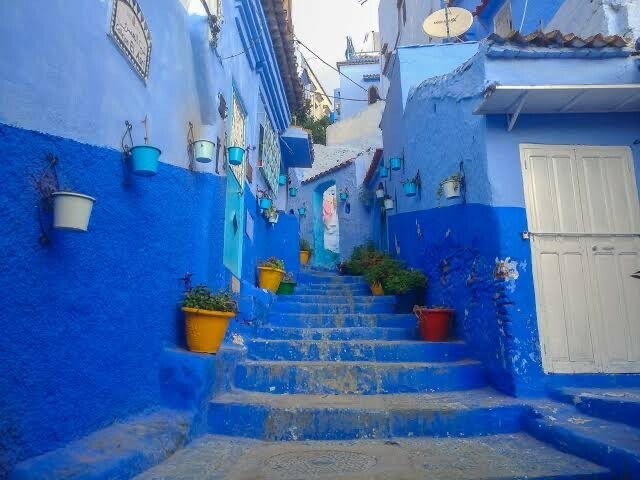
This spectacular landmark is nestled across the slopes of the beautiful reef mountains in Chefchaouen city, in northwest Morocco. This high ground area is filled with amazing sights of ancient buildings, painted in vibrant shades of blue (as the name implies). The blue city is a relatively relaxed area, where visitors take a stroll through the streets and admire the vivid sights.
The iconic city in the mountains has a historic past, as many of the ancient buildings have been well preserved for generations. The city was founded by Jews, who fled from the Spanish during the late 15th century. While there are many theories as to why the buildings in the city are blue, some say it was an ancient tradition that had passed on till today. Others argue that the blue paint is to keep mosquitoes away. Tour guides who often visit this location often advise that in order to fully enjoy the beautifully unique views of the city, it’s advised to visit in April or early May, as beautiful flowers are blooming, which adds a touch of vivid colours against the blue architecture. The weather in Chefchaouen is also relatively cool, during this time of the year.
The Abandoned Outdoor Movie Theatre of the Sinai Desert (Egypt)
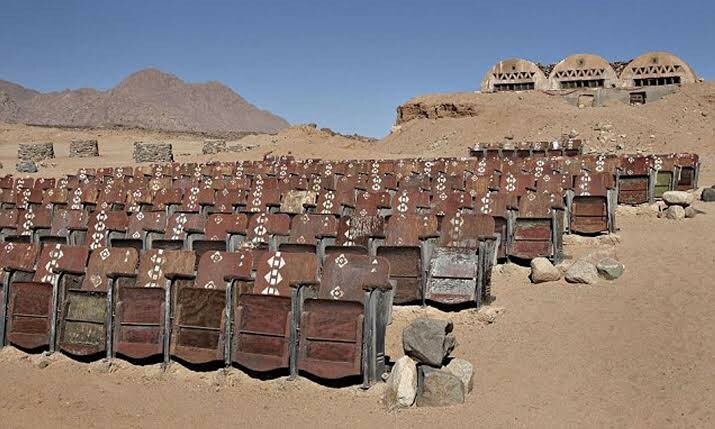
Somewhere on the southern tip of the Sinai Peninsula in Egypt, nestled at the foot of a desert mountain range, sits an odd sight that is almost completely out of place: hundreds of seats for an outdoor movie theatre.
Estonian photographer Kaupo Kissas who recently visited the location reported that the theatre was built “sometime in the beginning of this millennium” by a man from France. He liked to smoke cannabis (and presumably had a bit of money to throw around). One day he was hanging out in the Sinai desert with his friends and decided that the one thing the place was missing was – a movie theatre. Long story short, tons of old seats and a generator were hauled in from Cairo, including a giant screen that looked like the sail of a ship.
Everything was set for opening night, however, the locals didn’t like the idea for some reason and sabotaged the generator. Not a single movie was ever screened. So now it sits in the middle of a desert, a forgotten movie theatre that was never used.
The Seven Coloured Earth of Chamarel (Mauritius)
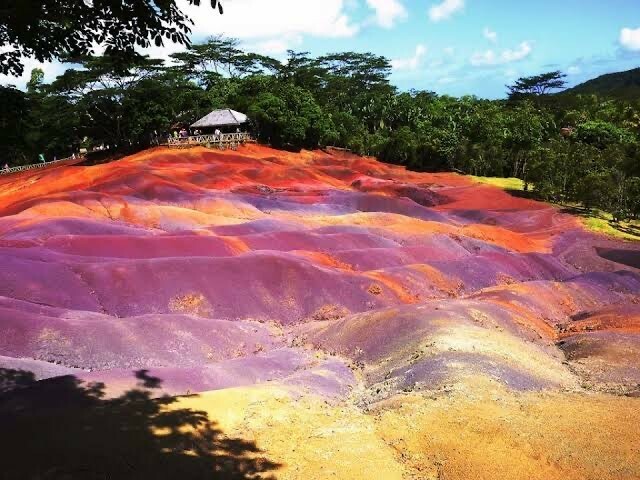
Since time immemorial, the story of this volcanic phenomenon remains a mystery. Located on the south-western cape of Mauritius, this world famous destination is bordered by an 83-metre high waterfall which gives tourists a panoramic view of this beautiful attraction. It is formed by a volcanic eruption, resulting in seven colours of earth spun together to form the must-see feature.
Giraffe Manor (Kenya)
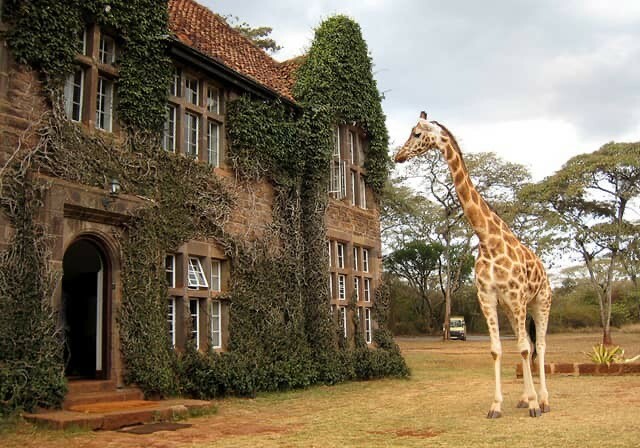
The Giraffe Manor is a luxury boutique hotel located only 20 kilometres from Nairobi city centre. Built in the 1930s, this luxury boutique hotel has maintained all the charm of the era and is now famous for its resident herd of Rothschild Giraffe. Giraffe Manor offers you an unparalleled experience of the giraffes, with them vying for your attention at the breakfast table, the front door and even your bedroom window. Can you think of anything better than waking up in Kenya to feed a herd of giraffes over your breakfast table?
Crooks' Corner (Limpopo, South Africa)
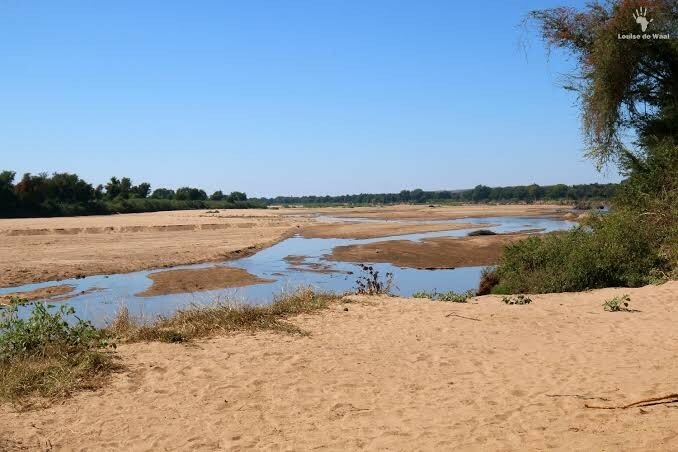
This historical island destination is the confluence of River Limpopo and River Luvuvhu, both in South Africa. This place once served as a haven for outlaws and criminals. This place is located on the north-eastern end of the Kruger National Park, South Africa. Crooks’ Corner is also an historical site that serves as a boundary linking South Africa, Zimbabwe and Mozambique. It got its name from the number of outlaws who escaped the law to reside here in the 1990s.
Encouraging tourist expeditions is at the core of Power of Africa's mission to expose Africa to the rest of the world in a manner that has never been seen before.
Credit: unusualplaces.org, wakawakanow.com.
